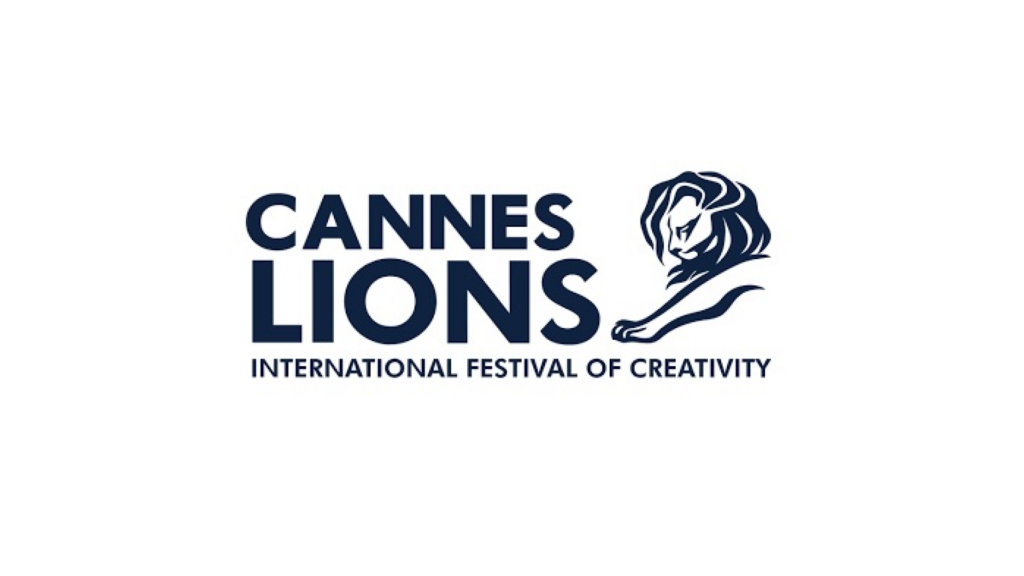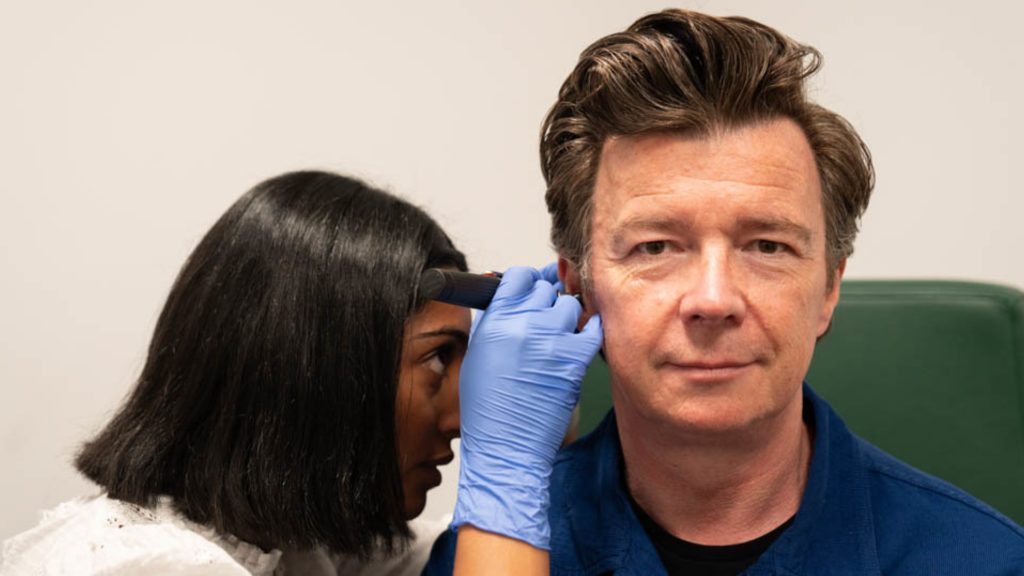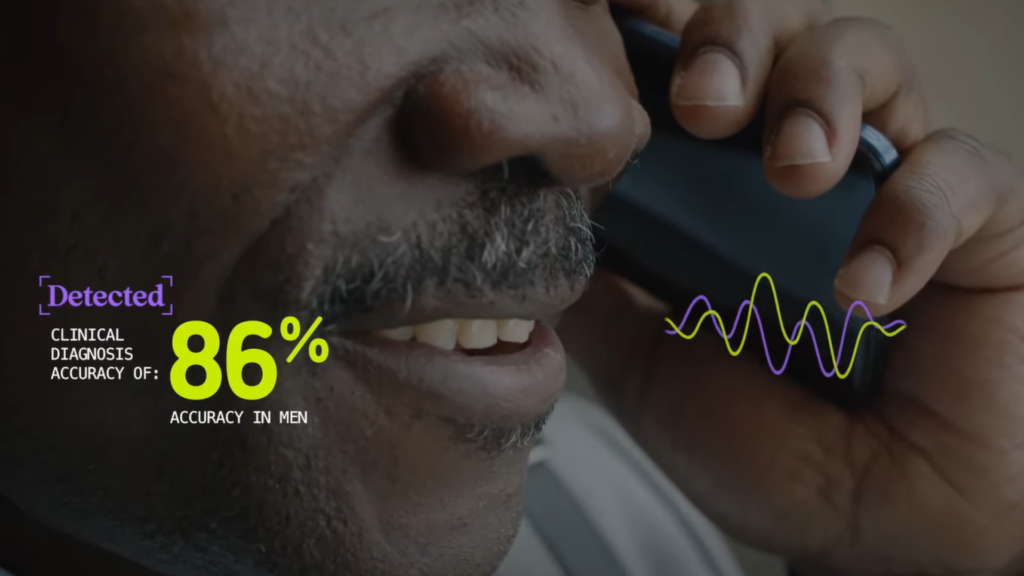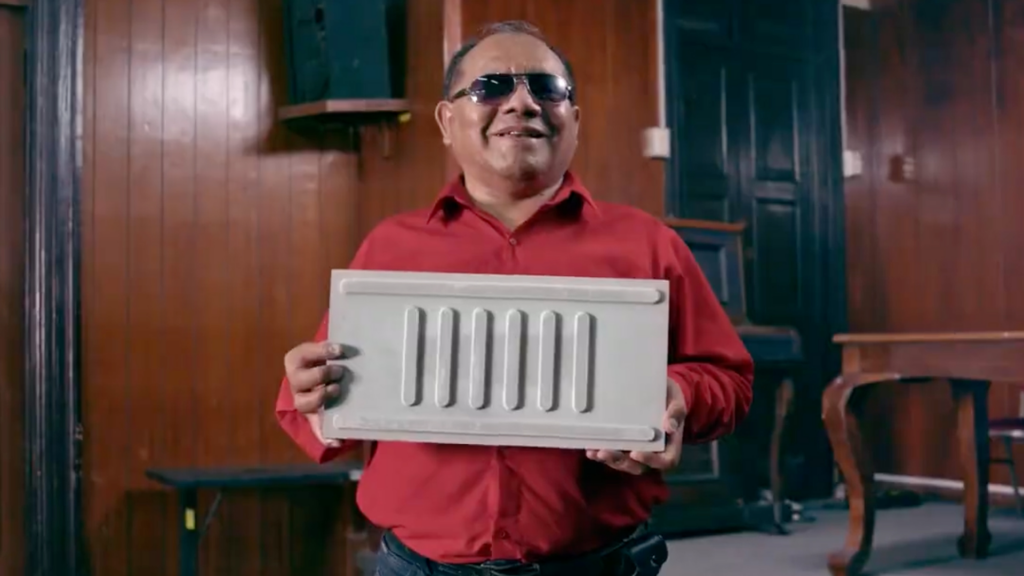Special Edition: Highlights from Cannes Lions 2024 – Vol.2
Other Categories Best Creative Work related to Health/ Public Health

Last week, we explored the creativity and the remarkable rise of Health and Pharma categories at the 2024 Cannes Lions International Festival of Creativity. This week we highlight how Health and Pharma categories got a significant portion of the top awards in other categories – PR, Radio & Audio, Innovation and Design.
This surge in recognition highlights the growing focus on creativity and innovation within the healthcare industry.
Campaigns are embracing fresh ideas, seeking to connect with patients and medical professionals in impactful ways. This newfound boldness is a collaborative effort between agencies and their clients in the health and pharma sectors. Clients are increasingly willing to take creative risks, while agencies leverage their expertise to develop campaigns that resonate with the target audience.
This shift towards creative marketing in healthcare can be attributed to several factors. Competition in the industry is fierce, demanding unique approaches to stand out. Patients themselves are becoming more involved in their healthcare decisions, seeking out informative and engaging marketing content. Additionally, advancements in technology have opened doors for innovative advertising strategies, utilizing platforms like social media and virtual reality for immersive experiences.
Ultimately, the success of these creative efforts goes beyond awards recognition. It represents a potential to positively impact the lives of patients and healthcare professionals. By fostering awareness of health issues and promoting preventative measures, these campaigns have the power to create a healthier future. The 2024 Cannes Lions serves as a testament to this growing trend, showcasing the power of creative communication within the health and pharma landscape.
Let’s get to know the winning campaigns
Case 1
Grand Prix Radio & Audio / Grand Prix PR: The Misheard Version (UK)
Specsavers turned Rick Astley’s one-hit wonder into a national hearing test
To promote its audiology services, Specsavers teamed up with 1980s popstar Rick Astley to launch a re-recording of his song ‘Never Gonna Give You Up’ – this time with some lyrics amusingly tweaked.

The hit was rewritten to include some of the public’s most puzzlingly misheard lines, such as replacing ‘A full commitment’s what I’m thinking of’, with ‘A broken mitten’s what I’m thinking of’.
Hearing test bookings increased by 1,220% above the initial target, with Specsavers reporting a 66% year-on-year increase in bookings during launch week versus the target of 5%. The song was played over 20 million times in the first eight hours of the campaign, driving a 138% increase in hearing loss searches and making hearing the UK’s number one trending topic.
The campaign takes a playful and memorable approach to a serious public health issue: hearing loss. By reimagining a beloved song with relatable misheard lyrics, the campaign not only garnered massive attention (over 20 million plays and trending on UK social media) but also achieved impressive results. Hearing test bookings skyrocketed, exceeding initial targets by a significant margin. This lighthearted campaign demonstrates the power of humor and cultural relevance to raise awareness about a critical health issue and encourage people to take action and potentially improve their hearing health.
Case 2
Grand Prix Innovation: Voice2 Diabetes (India)
Speaking Up for Health: How Voice Biomarkers Can Revolutionize Diabetes Screening in India
India grapples with a daunting challenge: the world’s second-highest number of diabetes cases, with over half remaining undiagnosed. Traditional blood tests pose hurdles – distance, cost, and lack of resources – particularly in rural areas. This is where “Voice to Diabetes” steps in, offering a groundbreaking solution.

This AI-powered tool utilizes voice analysis through a smartphone app to screen for Type 2 diabetes. Users simply read a sentence aloud, and the app analyzes subtle vocal changes imperceptible to the human ear. This non-invasive approach eliminates the need for blood tests, making diabetes screening more accessible and affordable for millions in India.
Voice to Diabetes transcends its immediate impact on diabetes diagnosis in India. It represents a paradigm shift in healthcare accessibility. By leveraging ubiquitous technology like smartphones and AI, this innovation paves the way for early detection and intervention for millions living with undiagnosed diabetes globally. Voice to Diabetes is a testament to the power of technological ingenuity in tackling complex healthcare challenges and promoting health equity for all.
Case 3
Grand Prix Design Sightwalks (PERU)
Paving the Way for Inclusion: Cemento Sol's Sightwalks Project Lights Up the Path for the Blind
While not a medical company, the Peruvian cement brand Sol is making a significant impact on public health with their innovative “Sightwalks” project.
It has developed Sightwalks, a series of cement tiles with numbered lines to help the visually impaired identify the types of businesses or establishments they are passing by.

The number of lines can tell them if the shop next to them is a bank, grocery store, accommodation, hospital, bus stop, pharmacy and more as they count them from left to right using their walking sticks.
Over nearly two years, the project underwent continuous iterations to ensure its effectiveness. A collaborative, multidisciplinary effort involving industrial designers, engineers, and leading associations for the visually impaired in Peru resulted in a tactile tile system.
What sets this project apart is its open-source nature; Sol Cement has made the tiles a copyright-free invention, encouraging global adoption by cities, organizations, or individuals to improve urban accessibility for the visually impaired.
Key Takeaways:
our cut ABBOVE
We saw
Playful Collaborations: Specsavers’ “Misheard Version” campaign shows the power of collaborating with pop culture icons to create engaging health awareness initiatives.
AI Makes Strides: KVI Brave Fund’s “Voice2Diabetes” demonstrates the growing impact of AI technology in healthcare, offering non-invasive and accessible diagnostic tools.
Open-Source Impact: Sol Cement’s “Sightwalks” project highlights the potential of open-source design to create global solutions for public health challenges.
We learned that
Humor Disarms & Informs: Humor, used thoughtfully, can disarm audiences and make them receptive to important health messages.
Tech Can Empower Patients: AI and smartphone technology have the potential to empower patients by offering convenient and accessible diagnostic tools.
Scalable Solutions: The open-source design encourages collaboration and innovation, leading to more impactful solutions for global health issues.
This encourages us to
Explore Unconventional Partnerships: Seek out creative collaborations with non-traditional partners to reach new audiences with our health messages.
Embrace Tech for Patient Empowerment: Integrate innovative technologies into our marketing strategies to provide patients with more control over their health journeys.
Contribute to Open-Source Solutions: Explore opportunities to contribute to open-source healthcare initiatives, fostering collaboration and accelerating progress in public health.
Triggers for innovating
How might we create low-cost, high-reach technology solutions to address public health issues?
What if we partner with mobile network operators to offer zero-rated data access for health education and telemedicine services in underserved communities?
How can we use AI and smartphone technology to create culturally sensitive diagnostic tools that are accessible to diverse patient populations?
What if we created an open-source platform where healthcare professionals and researchers can share data, collaborate on research, and develop innovative solutions for public health challenges?
How can we leverage wearable technology to collect real-time health data and empower patients to actively monitor their vitals and well-being?
What if we created an open-source platform where researchers and
developers can share data and collaborate on creating new diagnostic tools?
How can we develop a library of open-source educational materials about various health conditions, accessible to patients and healthcare professionals globally?
How might we partner with NGOs and public health organizations to implement open-source design solutions for healthcare infrastructure in underserved regions?
How can we use open-source software to develop low-cost diagnostic tools and health monitoring devices that can be easily adapted for use in different settings?
ABBOVE TEAM